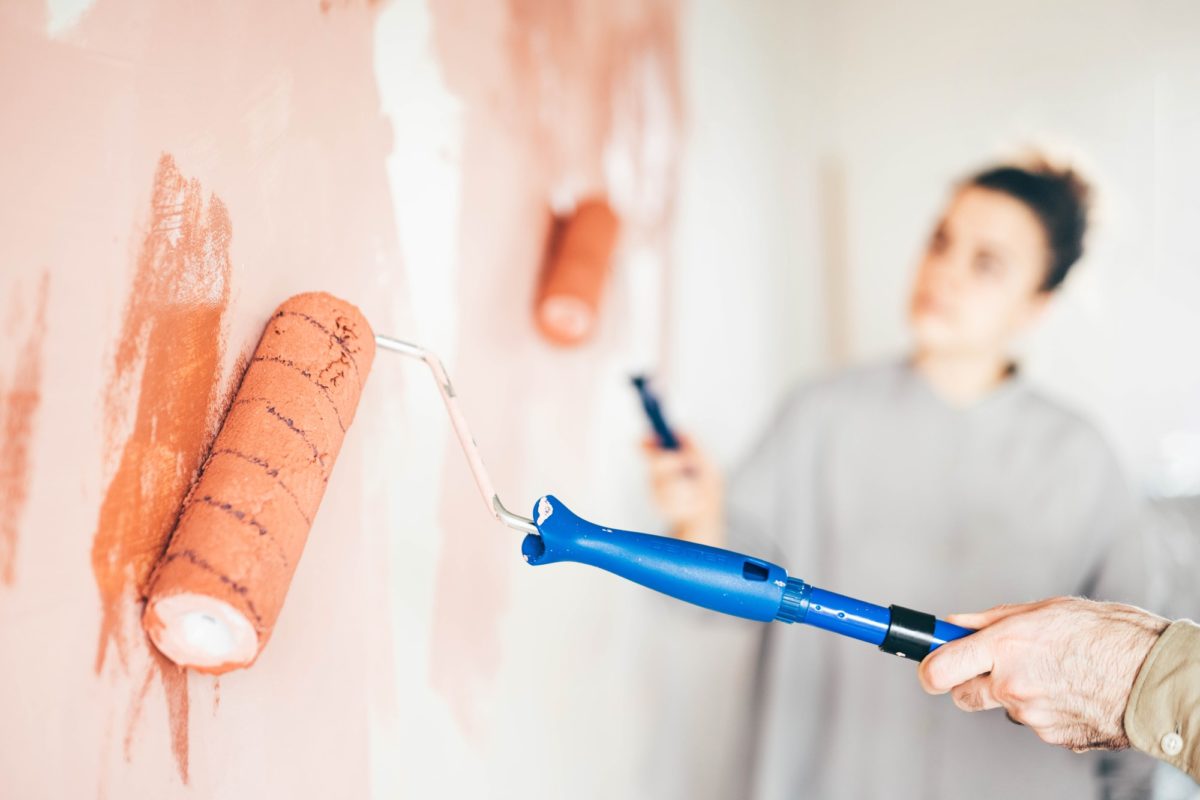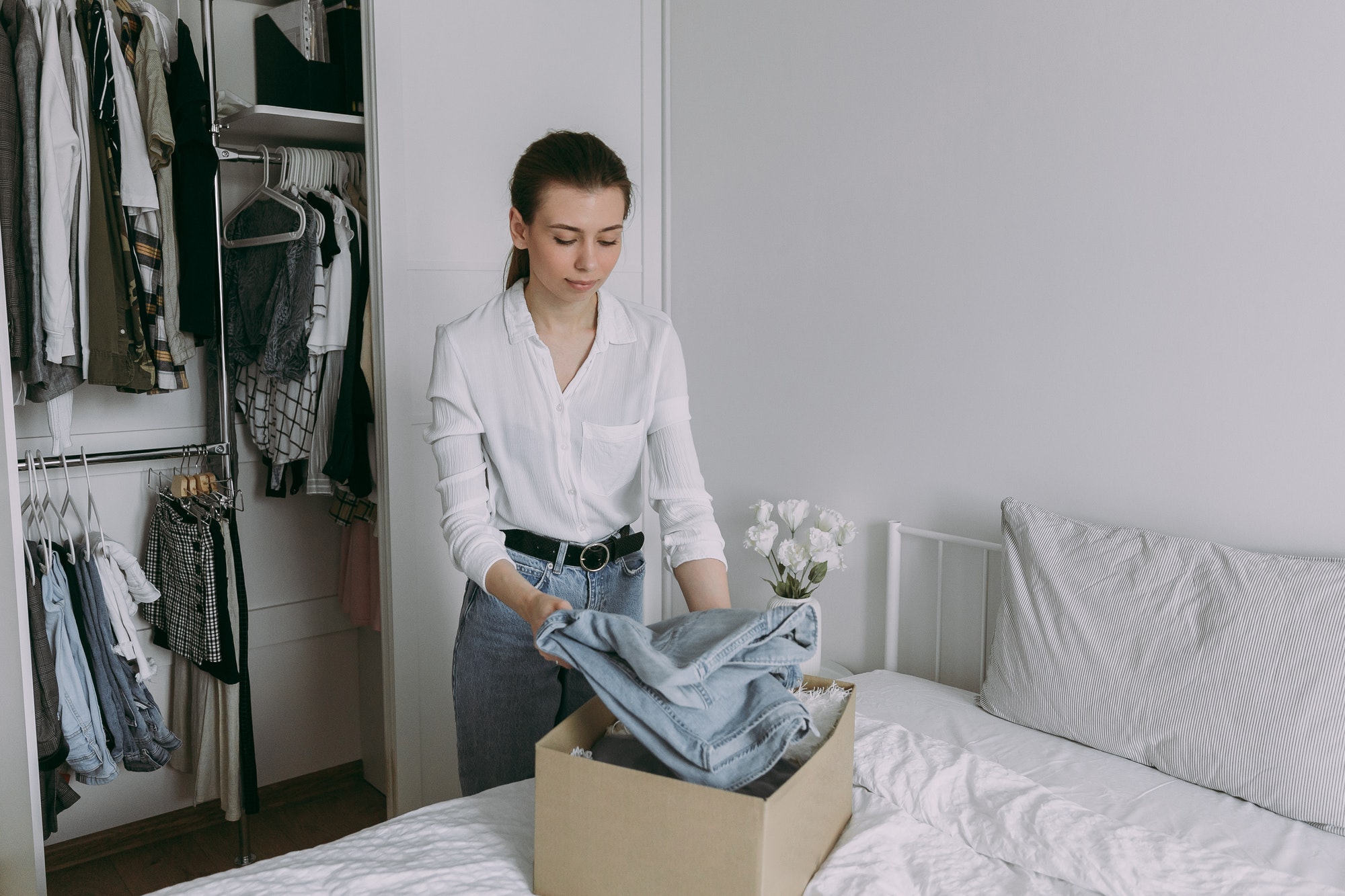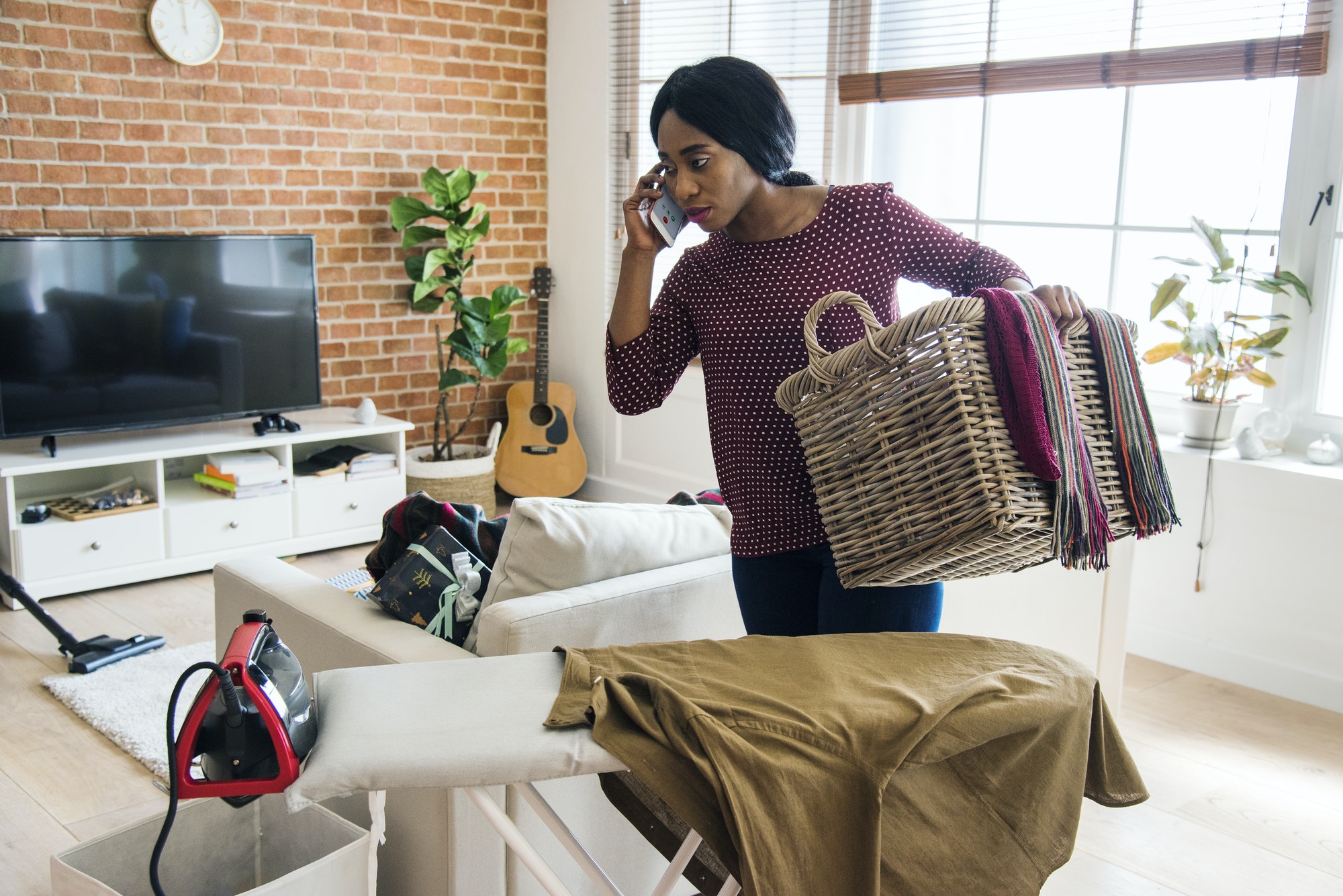Thinking of painting your room?
That farmhouse greige is finally on the way out! More than a year ago, I was already complaining about this boring color.
Back then (I suppose), the color made sense. We were out of our homes more, so it was nice to come home to some calming colors that looked a bit stark clean. But today, we are now in our homes more than ever. And staring at grey-beige paint such as Worldly Gray, Alpaca, Agreeable Gray, or Wheat Bread is starting to be as dreary as those awful names. (Seriously, who develops paint color names? I want that job!)
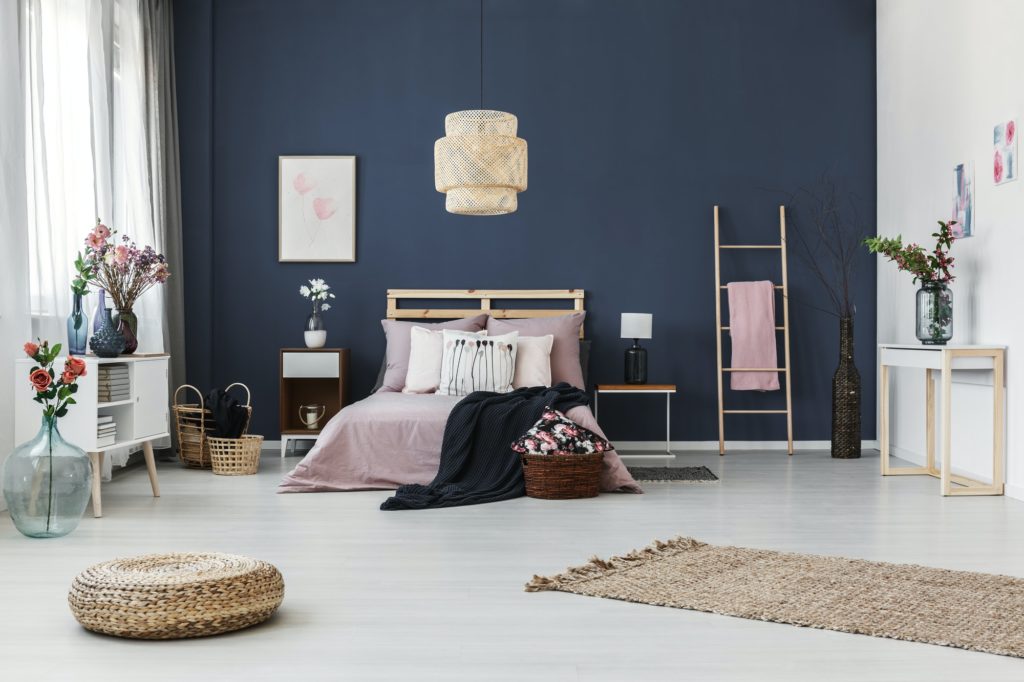 So let’s add some spark to those walls with a little paint! We just did this, and it made all the difference to our bedroom. Adding color to your home enhances your mood and optimizes your living experience.
So let’s add some spark to those walls with a little paint! We just did this, and it made all the difference to our bedroom. Adding color to your home enhances your mood and optimizes your living experience.
Keep in mind: not all colors work in all rooms. And some designers suggest subscribing to the 60%, 30%, 10% rule: 60% of the room is the dominant color (walls), 30% is the secondary color (typically furniture), and 10% is an accent color (usually found in objects like wall art, vases, and/or flower arrangements).
So bearing all that in mind, here are some color tips for various rooms in your house.
Your bathroom
If you find yourself dragging into the bathroom every morning and having a hard time waking up, try choosing dynamic colors for your bathroom. These energizing color schemes can help you shake the sleep off. Examples of dynamic, modern colors include:
- Forest greens – dark greens and olives, with some browns and creams
- Earthly teals – teal is a hot color at the moment, and when paired with warm browns/beiges, it becomes classic and timeless.
- Corals – this pop of color will wake you up fast and put a smile on your face
Your bedroom
Generally speaking, the bedroom should be a color that promotes relaxation and sleep. Harmonious and even monochromatic color schemes are good choices for the bedroom. Natural colors also tend to promote rest and calm. Here are some color suggestions for bedrooms.
- Burnt lavender – I am not a purple fan but love this color in my bedroom. Its subtle beiges and light pinks actually change color throughout the day as the light in the room changes.
- Dark ocean blue-green – I paired this color as an accent wall with the burnt lavender color. It adds a pop of color while grounding the room with a natural feel.
- Olive hues are also making a big splash since olive adds color but is also considered a neutral as it pairs well with almost any color.
Your kitchen
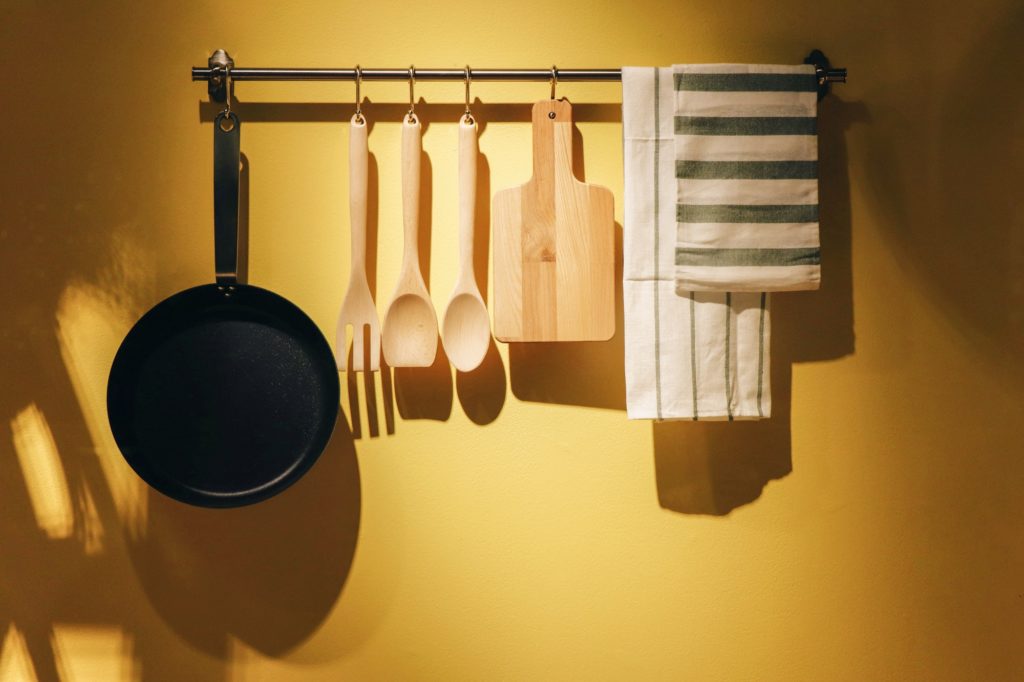 In the kitchen, you have a certain choice of as to the room’s role. For some, a kitchen is a gathering place for fun, laughter, and conversation. For others, the kitchen is more of a haven where they can be creative without distractions. Still, others may find the kitchen a strictly utilitarian room – a place where tasks get done, and then you get out. So here are some thoughts on kitchen colors based on the mood you want to create.
In the kitchen, you have a certain choice of as to the room’s role. For some, a kitchen is a gathering place for fun, laughter, and conversation. For others, the kitchen is more of a haven where they can be creative without distractions. Still, others may find the kitchen a strictly utilitarian room – a place where tasks get done, and then you get out. So here are some thoughts on kitchen colors based on the mood you want to create.
- Red is great for stimulating conversation and getting your blood pumping. It’s also believed to make people hungry!
- Like a ray of sunshine, yellow can instantly brighten up a room. It’s a good option if your kitchen is small.
- Mint green is making a comeback with the mid-century vibe. It works well with wood accents as well (such as cabinets).
Your living room
Perhaps no other room in the house is subject to as much variety as the living room. It really is the room that makes the most pointed statement about your home and sets the mood for guests and family members alike.
For those who use their living room as a place to watch TV and movies, consider going for darker colors, including midnight blues, army greens, or amethyst for a ‘theatre’ vibe.
For a more neutral look, try sage green or clay colors. These natural tones look good in almost any environment.

